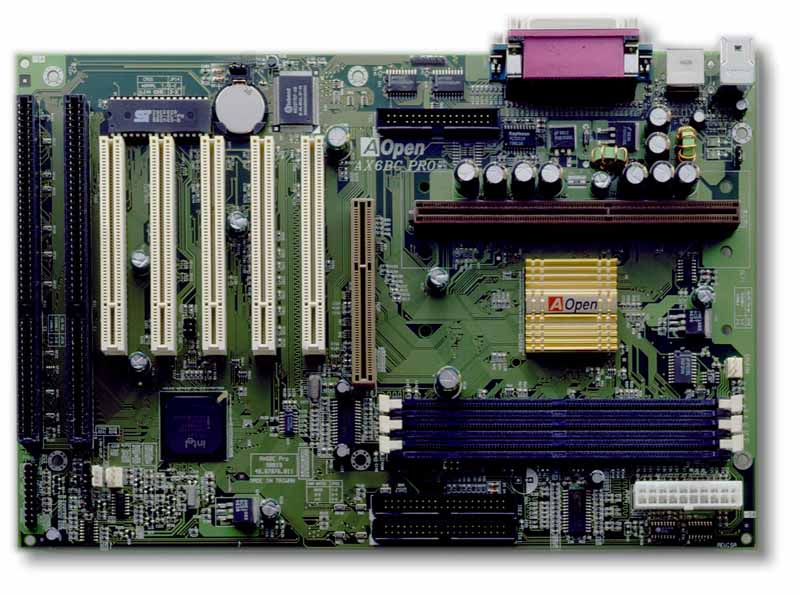Agp Pro Slot
Will an 8x AGP video card work in a 4x AGP slot I just upgraded the video card in another computer with a new 8x 256 MB, the one I took out is an ATI Radeon 9800 pro 8x, Can I put this into my Dell Dimension 8100 that currently has a 64MB 4x i it right now. An accelerated graphics port (AGP) is a point to point channel that is used for high speed video output. This port is used to connect graphic cards to a computer's motherboard. The primary purpose of an AGP is to accelerate 3D graphics output for high definition video. AGP provides much faster connectivity and throughput compared to PCI.
- Joined
- Nov 26, 2006
- Messages
- 111
This ATi Radeon 7500 AGP card connector in the link below does not match the number of slots in my motherboard agp slot. This card has more separations on the connection than my mobo AGP slot has. My AGP slot only has two sections on it plus a third tiny section which is skinnier than the main section of two parts and this third skinnier section on the mobo agp slot looks like it might not even hold a part of a card it's so skinny.
http://www.tigerdirect.com/applications/searchtools/item-Details.asp?EdpNo=2974653&sku=D15-9050
My computer:
win xp home sp2 with ASROCK socket 775VM800 motherboard with VIA P4M800 Shipside.
P4 2.66 fez with 800 mhz FSB, 1.4 GB RAM, onboard video RAM 64 MB
As fast and wide as the PCI bus was, there was one task that threatened to consume all its bandwidth: displaying graphics. Early in the era of the ISA bus, monitors were driven by simple Monochrome Display adapter (MDA) and Colour Graphics Array (CGA) cards. A CGA graphics display could show four colours (two bits of data) at 320 by 200 pixels screen resolution at 60Hz, which required 128,000 bits of data per screen, or just over 937 KBps. An XGA image at a 16-bit colour depth requires 1.5MB of data for every image, and at a vertical refresh rate of 75Hz, this amount of data is required 75 times each second. Thanks to modern graphics adapters, not all of this data has to be transferred across the expansion bus, but 3D imaging technology created new problems.
3D graphics have made it possible to model both fantastic and realistic worlds on-screen in enormous detail. Texture mapping and object hiding require huge amounts of data, and the graphics adapter needs to have fast access to this data to avoid the
Agp Pro Slot Software
AGP operates at the speed of the processor bus, now known as the frontside bus. At a clock rate of 66MHz this is double the PCI clock speed and means that the peak base throughput is 264 MBps.
For graphics cards specifically designed to support it, AGP allows data to be sent during both the up and down clock cycle, doubling the clock rate to 133MHz and peak transfer to 528 MBps. This is known as 2x. To improve the length of time that AGP can maintain this peak transfer, the bus supports pipelining, which is another improvement over PCI. A pipelining 2x graphics card will be able to sustain throughput at 80% of the peak. AGP also supports queuing of up to 32 commands via a process called Sideband Addressing (SBA), the commands being sent while data is being received. This allows the bus to sustain peak performance for 95% of the time, according to Intel.
Agp Pro Slot Gun
AGP’s four-fold bandwidth improvement and graphics-only nature ensures that large transfers of 3D graphics data don’t slow up the action on screen; nor will graphics data transfers be interrupted by other PCI devices. Being primarily intended to boost 3D performance, AGP also provides other improvements that are specifically aimed at this function.
Agp Pro Slot Poker
With its increased access speed to system memory over the PCI bus, AGP can use system memory as if it’s actually on the graphics card. This is called Direct Memory Execute (DIME). A device called a Graphics Aperture Remapping Table (GART) handles the RAM addresses so that they can be distributed in small chunks throughout system memory rather than hijacking one large section, and presents them to a DIME-enabled graphics card as if they’re part of on-board memory. The main use for DIME is to allow much larger textures to be used because the graphics card can have a much larger memory space in which to load the DRDRAM) in the second half of 1999. AGP 2.0 was supported by chipsets launched early in 1999 to provide support for Intel’s Katmai processor.

AGP Pro is a physical specification aimed at satisfying the needs of high-end graphics card manufacturers, who are currently limited by the maximum electrical power that can be drawn by an AGP card (about 25W). AGP Pro caters for cards that draw up to 100W, and will use a slightly longer AGP slot that will also take current AGP cards.